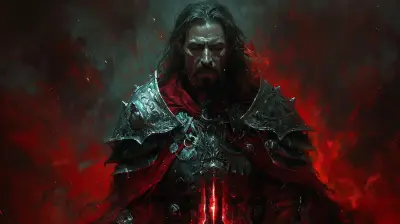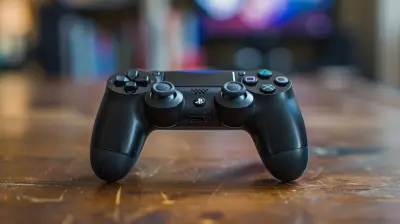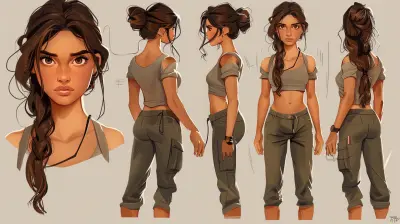The Importance of Accessibility Features in Character Customization
27 June 2025
Ever loaded up a game, dove into the character creation menu all hyped up, only to realize you couldn’t quite design someone who looked or felt like you? That’s a quiet frustration many gamers face—and for some, it runs deeper. Accessibility in character customization isn’t just about offering cool hairstyles or fancy armor. It's about giving everyone a seat at the gaming table.
Whether you’re a hardcore gamer or someone who casually loads up a favorite title after work, being able to fully engage and connect with the character you’re playing matters. That’s where accessibility features in character customization really shine—they ensure nobody's left behind. Let’s dive into why this matters so much, and why the gaming industry needs to keep pushing the envelope.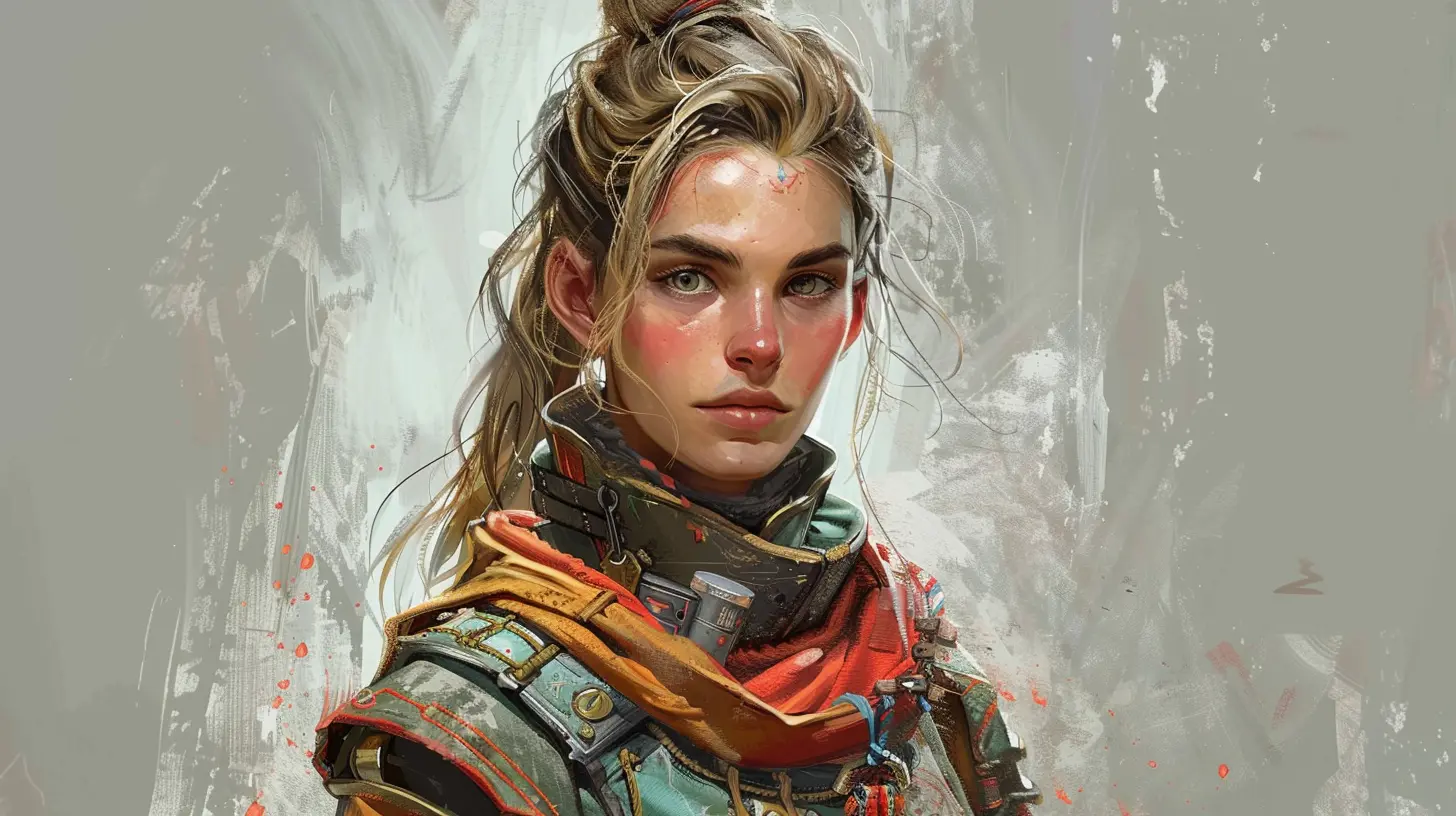
What Is Accessibility in Games, Anyway?
Okay, let’s set the stage a bit. Accessibility in gaming refers to design choices that allow people of varying abilities to enjoy games at their fullest—this includes visual, auditory, physical, and cognitive impairments.Now, character customization? That’s the part where you're crafting your in-game avatar, deciding everything from skin tone to voice, to posture, to assistive gear like wheelchairs or prosthetics. It’s your digital mirror. And just like in real life, representation isn’t just a “nice to have”—it’s essential.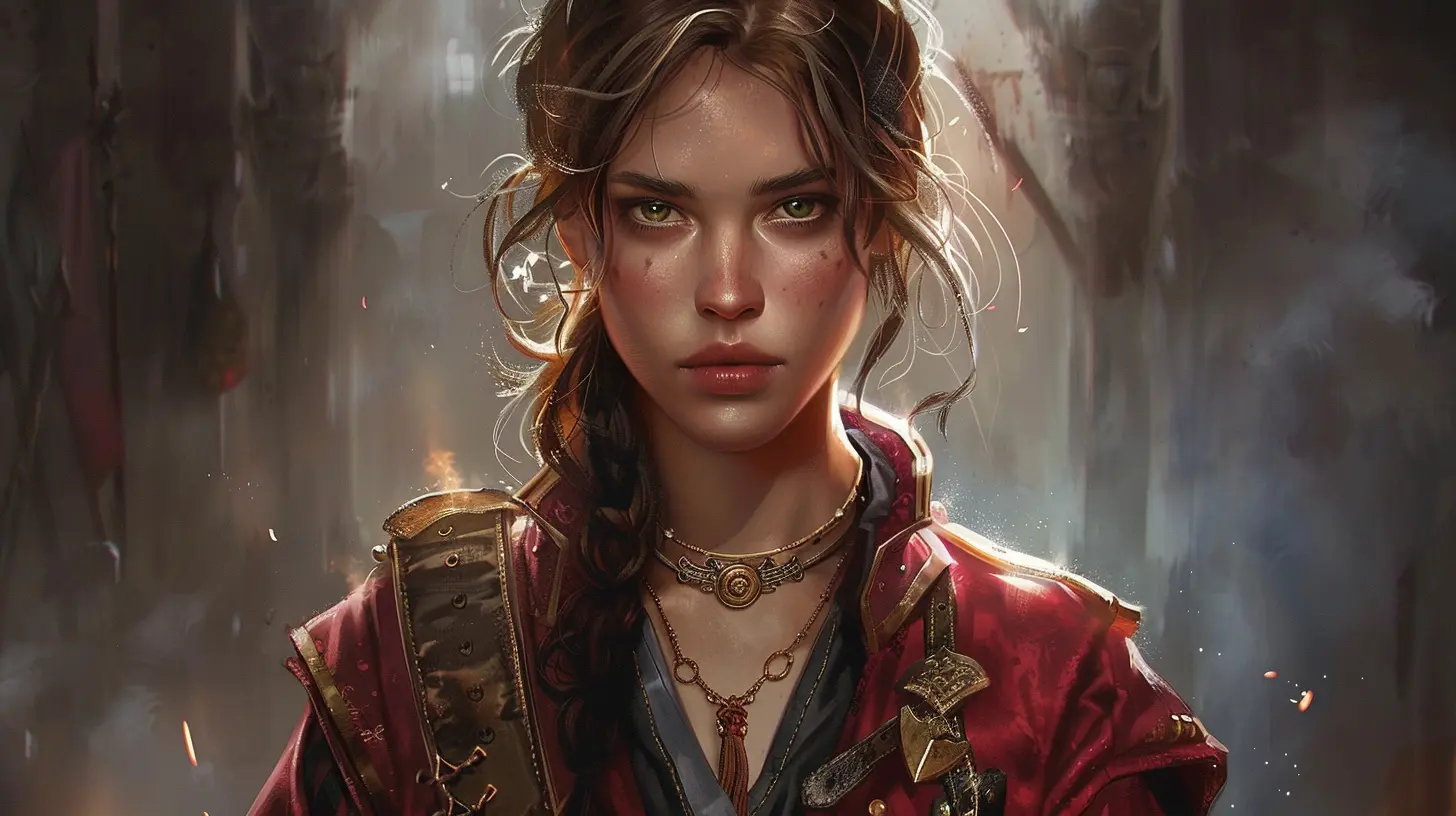
Why Character Customization is So Personal
Here’s the thing: playing a game is often an escape, right? You sink into a story, a world, a persona. And when your avatar reflects you—not just in looks, but in physical ability, identity, and expression—it makes that experience way more immersive and meaningful.When games offer inclusive customization options, players feel seen and respected. It's like saying, “Hey, we thought of you.” Let’s break it down with a few examples…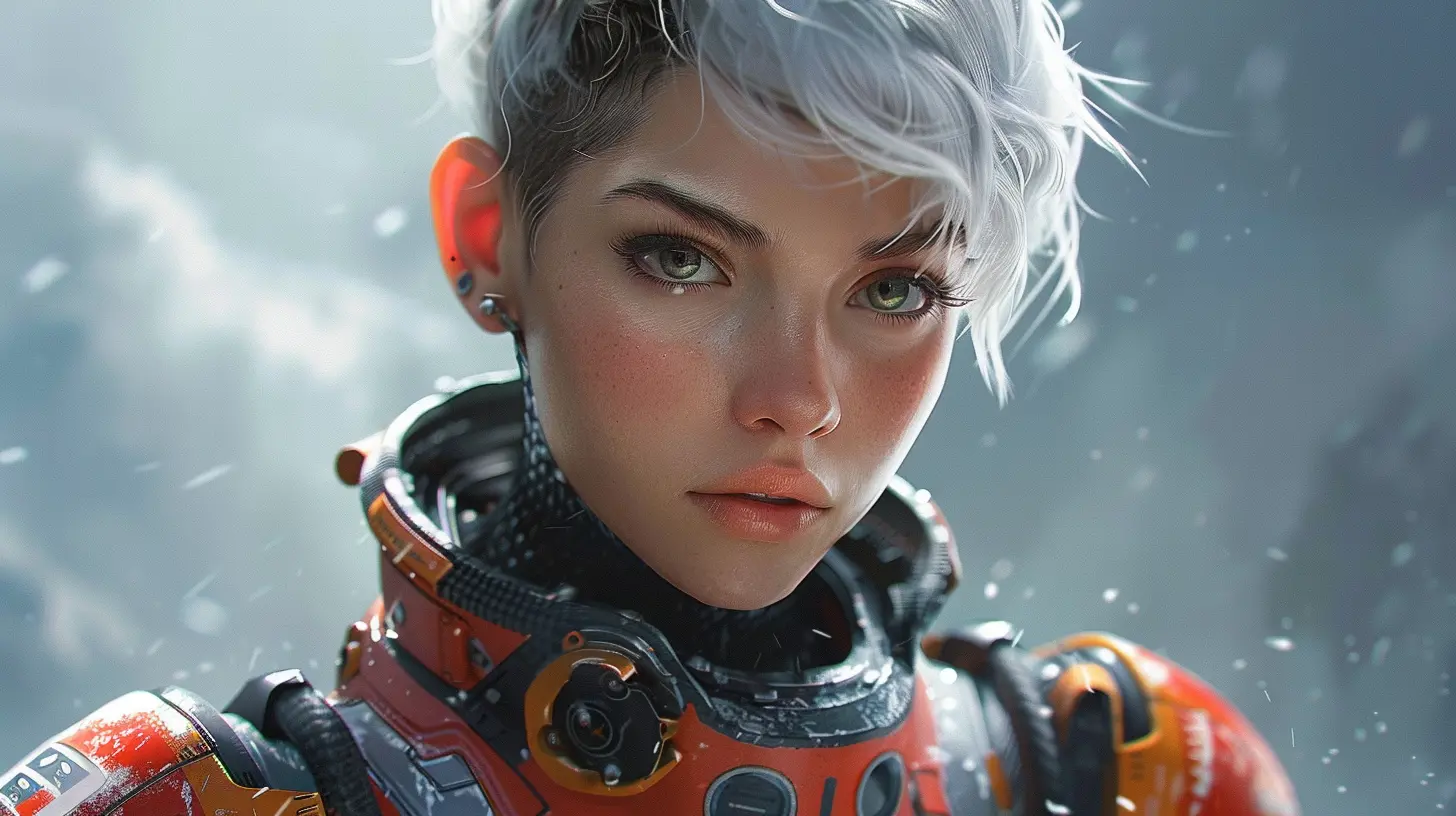
Representation Goes Beyond Skin Tone (Though That’s Important Too!)
Back in the day, if you wanted to create a character with darker skin, a unique hairstyle, or even a female-presenting body, good luck. Thankfully, those limitations are vanishing. But accessibility stretches further.It includes options such as:
- Prosthetics and assistive devices (like in “Cyberpunk 2077” and “The Sims 4”)
- Pronoun selection and gender fluidity, like “Hogwarts Legacy” and “Saints Row”
- Body diversity, including plus-size characters or different limb configurations
- Facial scars, vitiligo, and other visible conditions
These aren’t just cosmetic. For many players, these choices hit home. They say, “Yes, you belong in this world.”
The Emotional Impact of Being Seen
Imagine being a teenager who uses a wheelchair and finally booting up a game where you can design a hero who also rolls into battle. That moment? Game-changing.When players can craft characters that match their real-life selves—or at least aspects of them—they feel a stronger emotional connection. It’s validating, empowering, and deeply satisfying.
And it’s not just about players with disabilities either. Seeing diverse avatars normalizes inclusivity for everyone. It teaches empathy, plants seeds of awareness, and breaks down stigma through experience.
Accessibility Is Not Just a “Feature”—It’s a Necessity
Some folks might argue, “Isn’t character customization just extra fluff? The gameplay is what really matters.”Let’s challenge that.
For players with disabilities, customization may actually influence whether they can play the game at all. Consider:
- Colorblind modes that alter skin tone previews
- Text-to-speech or screen readers during customization for visually impaired users
- Simplified menu navigation for players using adaptive controllers
- Voice customization for trans and non-binary players wanting choices beyond just deep/male or high/female
When devs include these things, it’s not "extra." It’s essential design.
Industry-Wide Shifts: Studios Getting it Right
Thankfully, some game developers are starting to get it—and it shows.1. The Sims Series
EA’s “The Sims 4” has been ahead of the curve. They've introduced hearing aids, wheelchairs, glucose monitors, and more. Even skin conditions like vitiligo are represented. The game also lets players choose pronouns and customize body hair, voice pitch, walking styles, and more.This isn’t just diversity for show—it’s an actual celebration of individuality.
2. Cyberpunk 2077
Say what you will about its rocky launch, but “Cyberpunk 2077” nailed a few aspects of representation. Players could customize voice, body type, and genitals independently—an important step for the trans community.3. Forza Horizon 5
A racing game? Yup! It amazed players by offering prosthetic limbs and even an option for American Sign Language and British Sign Language interpreters during cutscenes.Inclusion doesn’t have to be complicated—it just needs thought and effort.
Customization Is Also About Expression, Not Just Representation
Let’s not forget another key reason people love character customization: it lets you express yourself. And for many, self-expression is deeply tied to identity.Whether you want to recreate yourself, design a completely fantastical entity, or create someone you aspire to be—it all boils down to power. The power to choose. And that choice needs to be equitably offered to every type of player.
Addressing The Common Pushback
Of course, not everyone is on board. Some players (and sadly, even some developers) argue that there's no need to make things “political.” But let’s shut that down real quick.Including accessibility features isn’t about politics—it’s about people. Real people with real experiences who just want to do the same thing everyone else does—play a game and enjoy it.
And for those who think it’s too much work: yes, it takes time, money, and research. But guess what? Making games that everyone can enjoy isn’t just ethical—it’s smart business.
The Business Case For Accessibility
Let’s talk numbers for a second. Around 1 in 6 people worldwide live with a disability. That’s over a billion potential gamers. Catering to that audience doesn’t just expand a fan base—it builds loyalty.Games with inclusive features often enjoy critical praise and commercial success. They garner press, build stronger communities, and even win awards.
So here’s the cold truth: accessibility in character customization isn’t just goodwill—it’s good strategy.
What More Can Be Done?
Alright, we’ve seen progress, celebrated the wins, and shared the impact. But there’s still a long road ahead. So, what should developers focus on next?1. Collaborate With Disabled Players
Want to get it right? Talk to those who live it. Hiring consultants with disabilities or involving them in beta testing can work wonders. They offer insights that no amount of guesswork can deliver.2. Keep Accessibility Menus Front and Center
Too many games hide accessibility options in obscure menus. Let’s make them easy to find and integral to the setup process.3. Incorporate Community Feedback
The community knows what it needs. From Reddit threads to Twitter tags, players aren't shy about voicing what they want. Studios just have to listen—and act.The Future of Inclusive Gaming
Imagine a future where every game lets you design a character that feels like home, regardless of your physical ability, identity, or background. Where no one has to feel excluded, and everyone gets to dive into worlds that see them.Good character customization is more than skin-deep—it’s soul-deep. And the more studios recognize the value of accessible design, the better our gaming worlds will become.
This isn’t a passing trend. It’s a growing movement. And it’s here to stay.
Final Thoughts
Character customization is often a player’s first interaction with a game world. It sets the tone. It’s the handshake, the welcome mat, the first impression. So let’s make sure that experience is inclusive, empowering, and accessible to all.Because at the end of the day? Every gamer deserves to see themselves as the hero.
all images in this post were generated using AI tools
Category:
Character CustomizationAuthor:

Tayla Warner
Discussion
rate this article
2 comments
Veda McMahon
Great article! Accessibility in character customization truly enhances the gaming experience for everyone, making it more inclusive and enjoyable. Thank you!
September 11, 2025 at 4:10 PM

Tayla Warner
Thank you for your kind words! I'm glad you found the article insightful. Accessibility truly plays a vital role in enriching the gaming experience for all.
Liv Bowman
Great article! Accessibility in character customization truly makes a difference. It’s all about allowing everyone to express themselves fully in-game. When players can connect with their characters, the experience becomes so much richer!
July 3, 2025 at 2:37 AM

Tayla Warner
Thank you for your thoughtful comment! I completely agree—enhancing accessibility in character customization truly enriches the gaming experience for everyone.
